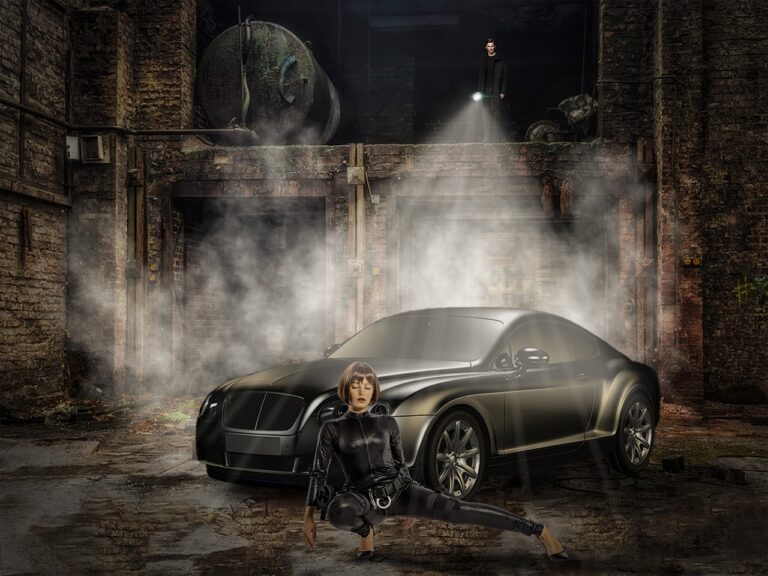The Psychology of Car Horn Designs: Sound Frequency and Pitch Preferences
Car horn design is a critical aspect of vehicle safety and communication on the road. The sound frequency of car horns plays a significant role in how they are perceived by drivers and pedestrians alike. Research has shown that higher-frequency sounds are generally perceived as more urgent and demanding attention, while lower-frequency sounds are often associated with authority and power.
The psychology behind sound frequency on car horn design highlights the importance of selecting the right tone to convey the intended message in a clear and effective manner. Understanding how different frequencies impact human perception can lead to the development of car horns that are not only safer but also more socially acceptable in various driving conditions.
Cultural Influences on Car Horn Pitch Preferences
In various parts of the world, cultural beliefs and preferences play a significant role in shaping the design and functionality of car horns. The pitch of a car horn, for example, is often influenced by the cultural norms and values of a particular society. In some cultures, a high-pitched horn may be perceived as assertive and urgent, whereas in other cultures, a lower, more melodious tone may be preferred to convey politeness and courteousness.
Anthropological studies have shown that certain societies place a strong emphasis on the importance of harmony and non-confrontation, reflected in their preference for softer, less intrusive car horn pitches. On the other hand, cultures that prioritize efficiency and assertiveness may lean towards sharper, more attention-grabbing horn sounds. These cultural nuances underscore the intricate relationship between human behavior, societal values, and the design elements of everyday objects like car horns.
How does sound frequency impact car horn design?
Sound frequency can impact the effectiveness and perception of a car horn. Different frequencies can convey different meanings and emotions, affecting how the horn is perceived by drivers and pedestrians.
What cultural influences can affect car horn pitch preferences?
Different cultures may have varying preferences for car horn pitches based on their cultural norms, traditions, and values. These influences can shape how car horns are designed and utilized in different regions.
Are car horn pitch preferences purely subjective?
While there may be subjective elements to car horn pitch preferences, cultural factors and psychological impacts of sound frequency can also play a significant role in shaping preferences for car horn pitches.
How can car manufacturers cater to different cultural preferences for car horn pitches?
Car manufacturers can conduct research on cultural preferences for car horn pitches in specific regions and adapt their designs accordingly. They can also consider the psychological impact of sound frequency when designing car horns for different markets.





